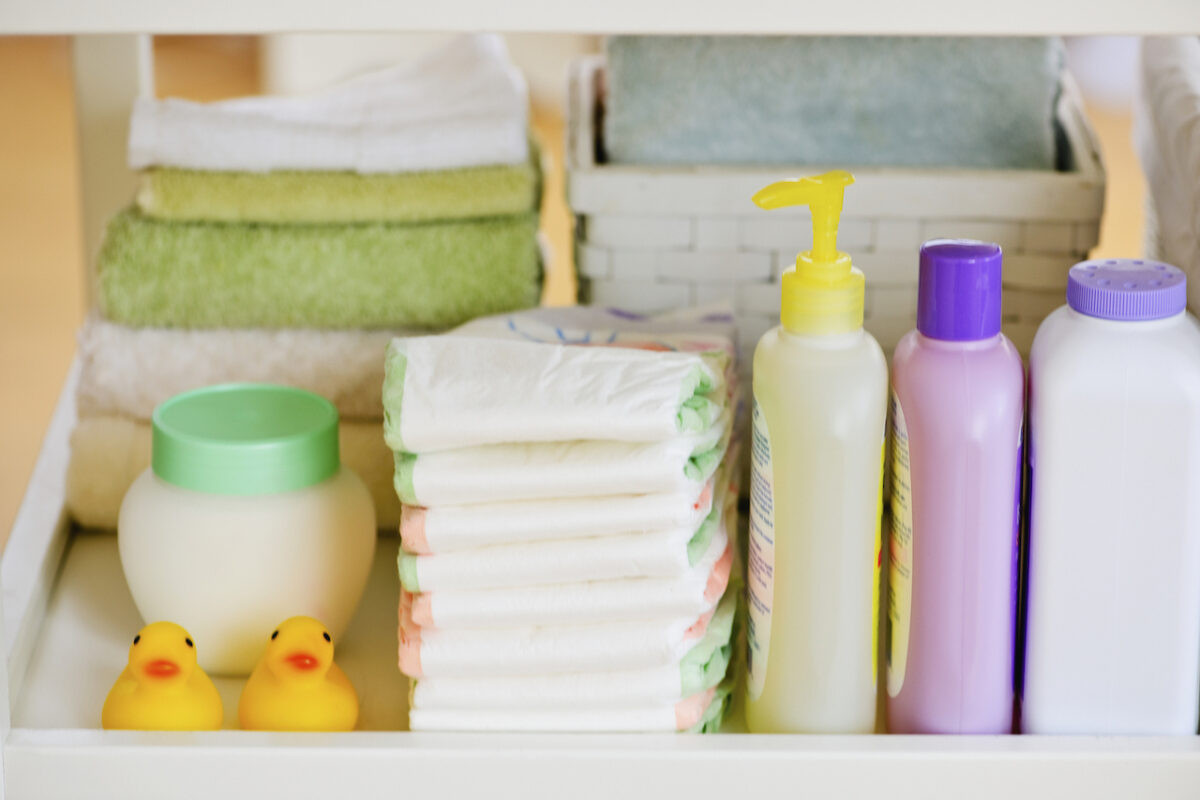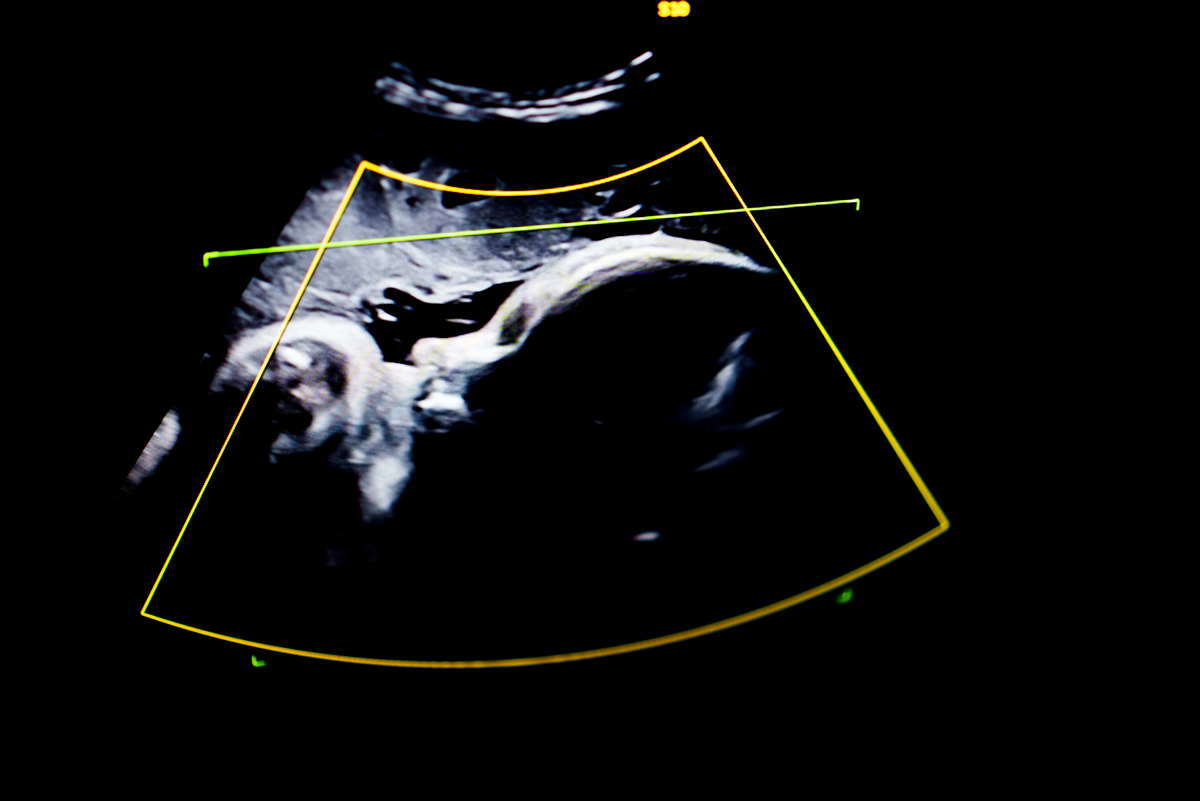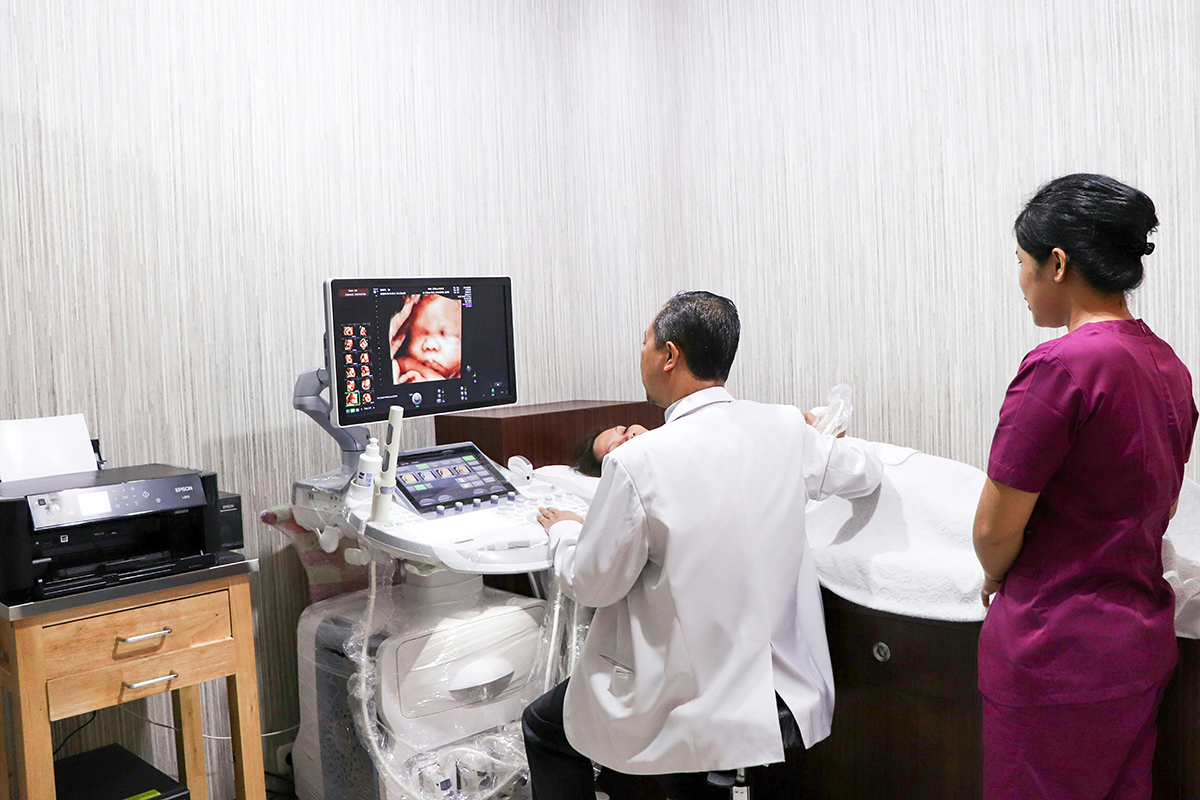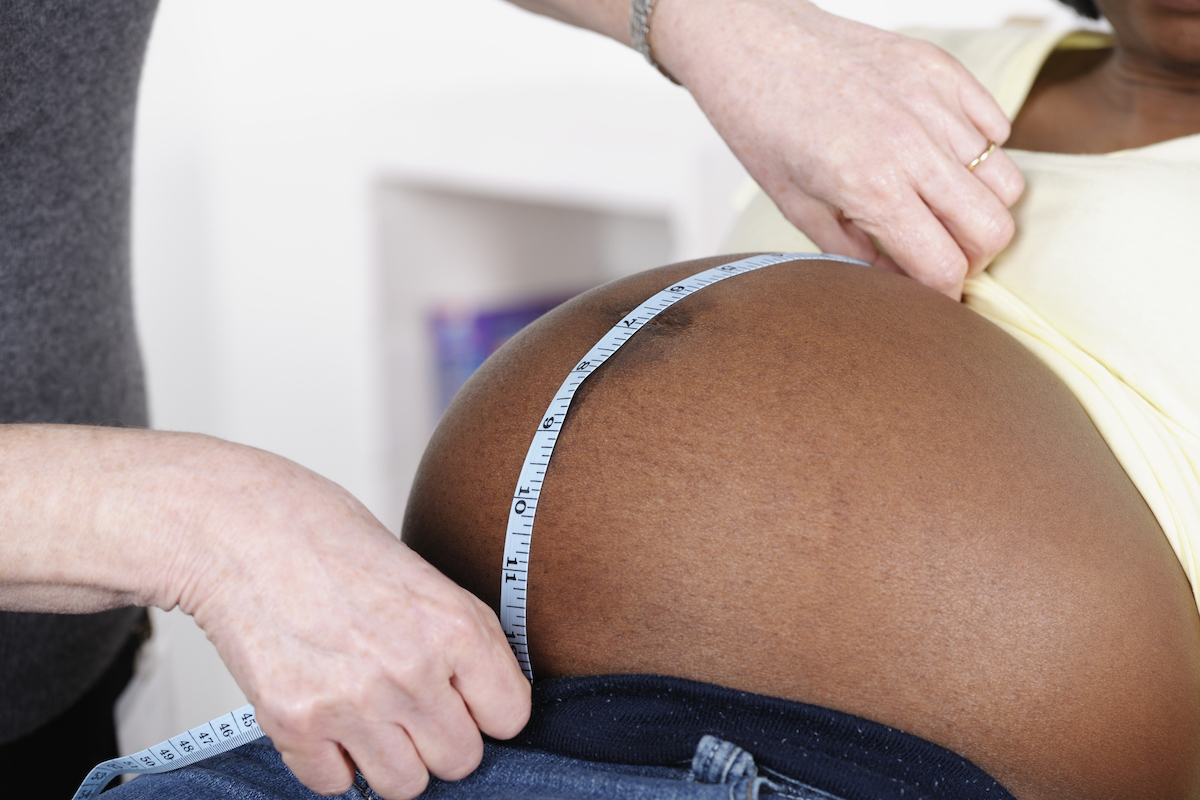Do you or your network have advice for parents dealing with clubfoot? At our 20-week ultrasound, we found out our first baby will be born with a moderate right clubfoot and are looking for data and advice to help us navigate the process. Thank you!
—Clubfoot Mom
I’m very much hoping the comment section here will provide some support and advice from those who have been in this position before. An estimated 1 to 3 in 1,000 live births have this condition, meaning you are not alone.
In terms of navigation, there are two key discussions to have with your provider — one now and one later.
For now: Most cases of clubfoot are “idiopathic,” meaning they do not have an underlying genetic or systemic cause. But there are some genetic conditions that increase the risk of clubfoot, and a first discussion you should have with your provider is about what additional testing you might consider. For some families, they do not want any more testing. But for others, genetic screening may provide answers and reassurance. This is a conversation for now.
For later: In most cases, some postnatal treatment is encouraged. This ranges from taping and casting to surgery. Getting a plan in place beforehand with a care team, who can evaluate the need for further care once the baby arrives, is a good way to stay ahead of things.
Community Guidelines




















Log in